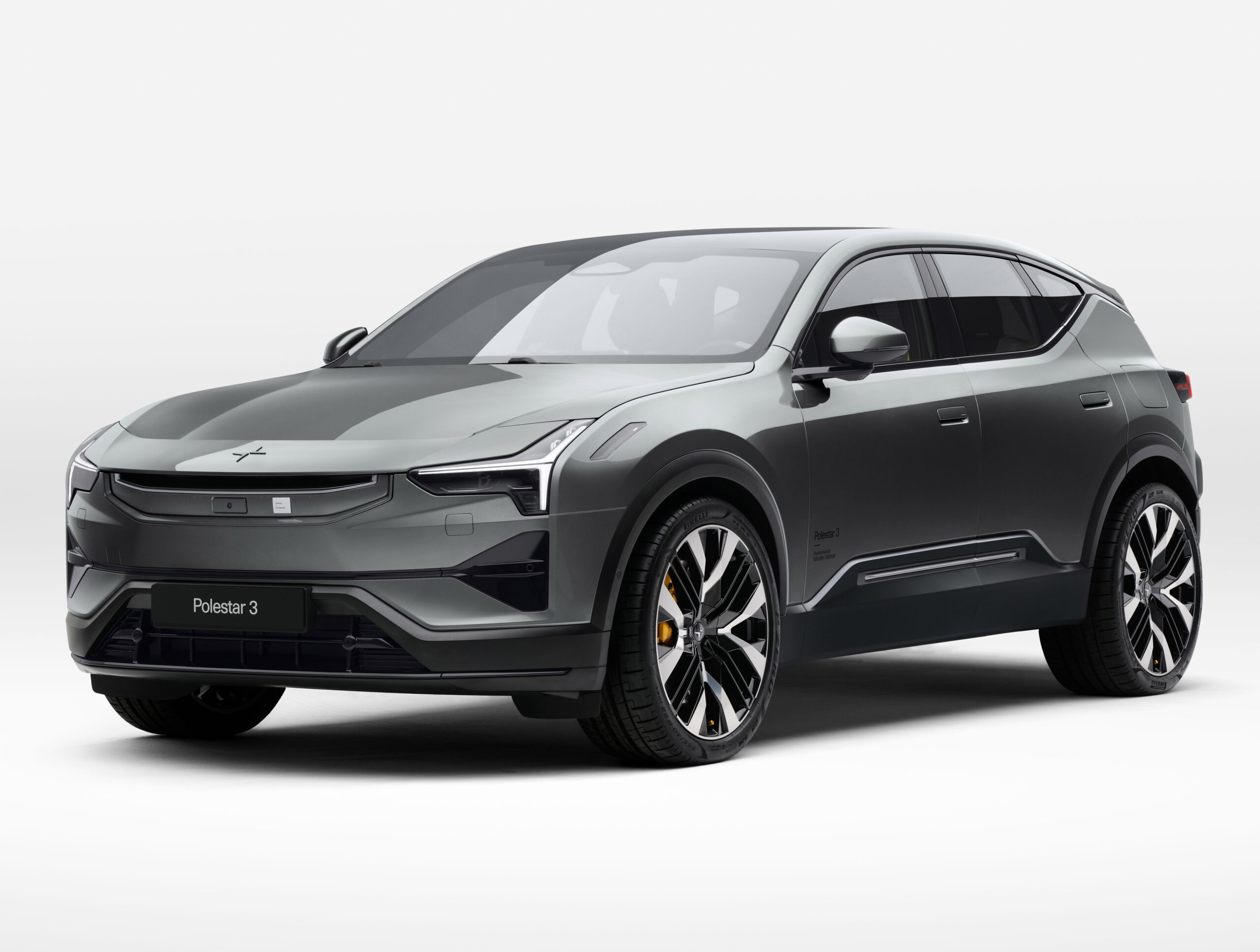

To Americans, Honda seems like a big car company, but by global standards, they are smaller than many folks think. In 2023 they sold just over 4M cars annually vs the 10.3M juggernaut that is Toyota. This may also surprise many: Honda builds *more than double the number of cars in N. America vs Japan*, and they engineer most of the American-market cars in Ohio. One might even argue that Honda is more of an American car company with Japanese leadership. What does this have to do with the Nissan merger? Quite a bit really when you think of markets outside the USA. Let’s look at things from a global perspective.
Unlike most major car companies, Honda makes no light or heavy commercial vehicles, buses or heavy equipment. They also make more or less the same lineup around the world (Kei cars are the clear exception), while there are some regional changes to engines and suspensions, the bulk of Honda’s sales look alike from one continent to another and Honda doesn’t really have much variation in terms of engine and transmission families,. This homogeneous engineering philosophy has resulted in a lineup that’s streamlined, profitable, but honestly somewhat narrow. Honda has never built a production V8 engine, nor an inline-6. (The Honda Crossroad used a Rover V8.) Nissan on the other hand is a small company trying to play in a bunch of markets with a veritable cornucopia of platforms, trucks, buses, and car platforms of every shape and size. In other words: They are probably stretched too thin, however, their differing focuses mean different presences around the world.
In the USA in 2023, Nissan sold almost 900,000 cars, Honda sold 1.3 million. Makes sense to our American perspective, no? But what about Europe? Nissan’s broader spread of models and EVs helped them sell nearly 5 times the number of cars in Europe vs Honda last year. Yep 5X. Fun fact: Lexus outsold Honda in Europe in 2023. In Japan the brands are similar in size at around 600K in sales for Honda and 500K for Nissan, but Mitsubishi sold ~100K last year and Nissan is their biggest shareholder.
In the Middle East volume is lower, but margins are insanely high and Nissan is winning the battle with Nissan #2 in sales in most Middle East countries (behind Toyota) while Honda is almost at the bottom of the list. This is mainly due to Nissan’s body-on-frame truck and SUV lineup which has a bunch of models we don’t get in the USA. Their truck lineup is likely also the reason that Nissan is #12 in Australia vs #20 for Honda.
China? That’s anyone’s guess. Honda sold a solid 1.2 million cars in China vs 687K for Nissan, but the margins are low in the Chinese market due to the requirement that foreign car companies operate “joint ventures” with Chinese companies that own 50% of the venture in China. What does that mean? Well, it means that the 1.2M in Chinese sales is really just ~600K for Honda since they only own half. Although a concern to both companies as China is the largest car market in the world, the sales drop for foreign car companies in China hurts Nissan a bit less since they sell fewer cars in that market.
Now for the tough words: I doubt Honda reached any kind of rationalization on synergies naturally. There’s nothing wrong IMHO with them “keepin-on” with their high-margin focus on N. America and unibody-everythings. It’s most likely that the Japanese government “facilitated” this tie-up, just like they probably “facilitated” the Nissan/Mitsubishi alliance, the Toyota-Subaru/Mazda investments, etc. That doesn’t mean it’s doomed, but it does mean possible financial stress on Honda’s core business for a solid decade. Assuming it all ends up OK.



